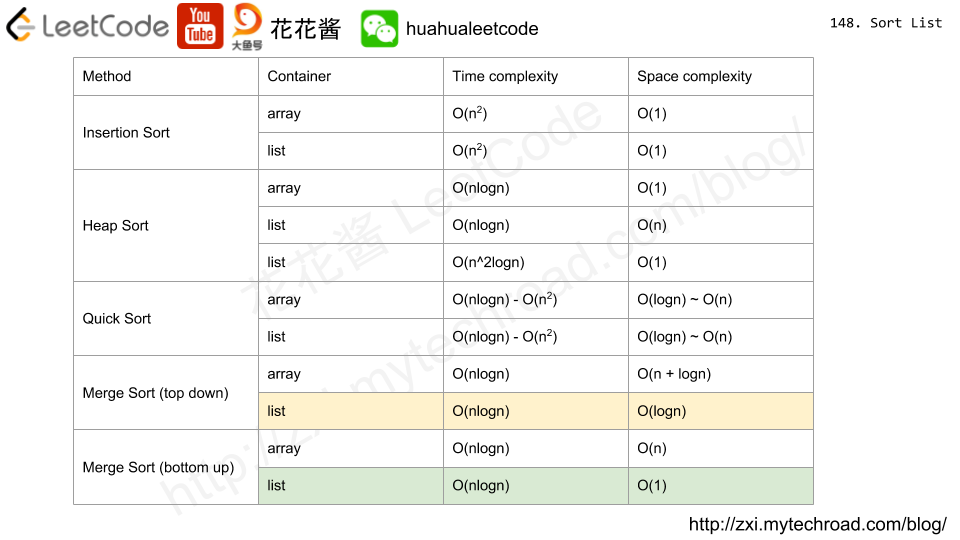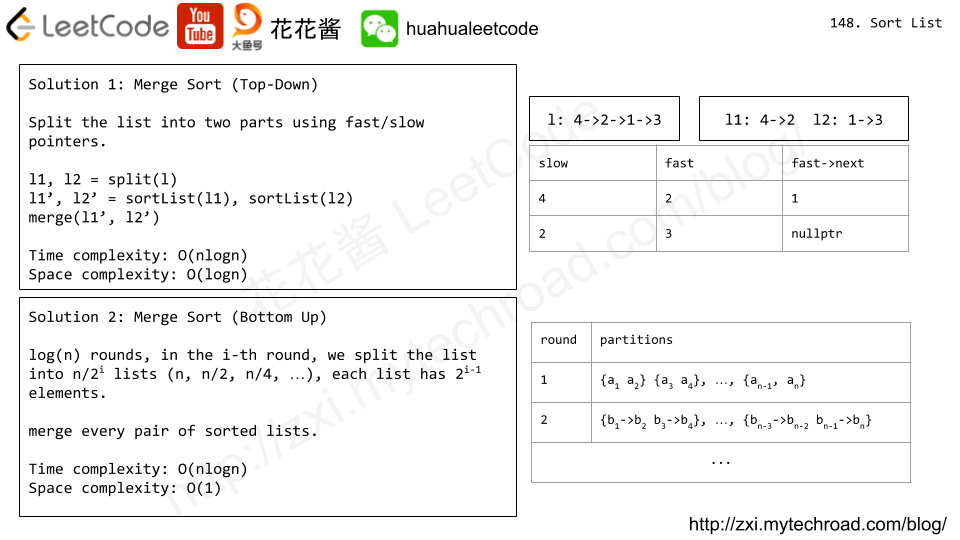Problem
In an exam room, there are N seats in a single row, numbered 0, 1, 2, ..., N-1.
When a student enters the room, they must sit in the seat that maximizes the distance to the closest person. If there are multiple such seats, they sit in the seat with the lowest number. (Also, if no one is in the room, then the student sits at seat number 0.)
Return a class ExamRoom(int N) that exposes two functions: ExamRoom.seat() returning an int representing what seat the student sat in, and ExamRoom.leave(int p) representing that the student in seat number p now leaves the room. It is guaranteed that any calls to ExamRoom.leave(p) have a student sitting in seat p.
Example 1:
Input: ["ExamRoom","seat","seat","seat","seat","leave","seat"], [[10],[],[],[],[],[4],[]] Output: [null,0,9,4,2,null,5] Explanation: ExamRoom(10) -> null seat() -> 0, no one is in the room, then the student sits at seat number 0. seat() -> 9, the student sits at the last seat number 9. seat() -> 4, the student sits at the last seat number 4. seat() -> 2, the student sits at the last seat number 2. leave(4) -> null seat() -> 5, the student sits at the last seat number 5.
Note:
1 <= N <= 10^9ExamRoom.seat()andExamRoom.leave()will be called at most10^4times across all test cases.- Calls to
ExamRoom.leave(p)are guaranteed to have a student currently sitting in seat numberp.
Solution: BST
Use a BST (ordered set) to track the current seatings.
Time Complexity:
init: O(1)
seat: O(P)
leave: O(logP)
Space complexity: O(P)
|
1 2 3 4 5 6 7 8 9 10 11 12 13 14 15 16 17 18 19 20 21 22 23 24 25 26 27 28 29 30 31 32 33 34 |
// Author: Huahua // Running time: 24 ms class ExamRoom { public: ExamRoom(int N): N_(N) {} int seat() { int p = 0; int max_dist = s_.empty() ? 0 : *s_.begin(); auto left = s_.begin(); auto right = left; while (left != s_.end()) { ++right; int l = *left; int r = right != s_.end() ? *right : (2 * (N_ - 1) - *left); int d = (r - l) / 2; if (d > max_dist) { max_dist = d; p = l + d; } left = right; } s_.insert(p); return p; } void leave(int p) { s_.erase(p); } private: const int N_; set<int> s_; }; |

